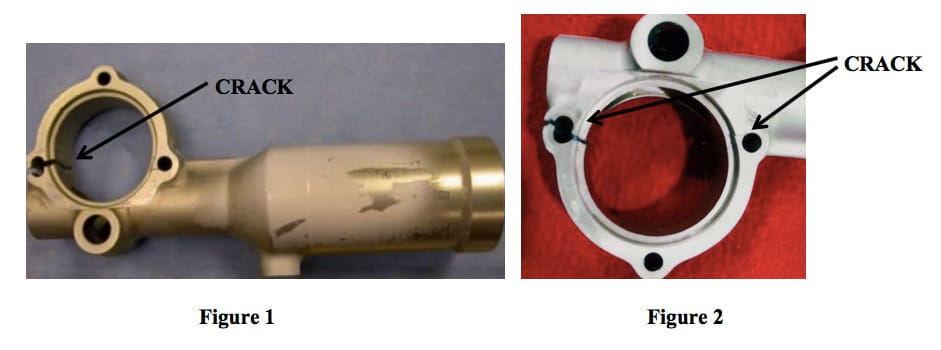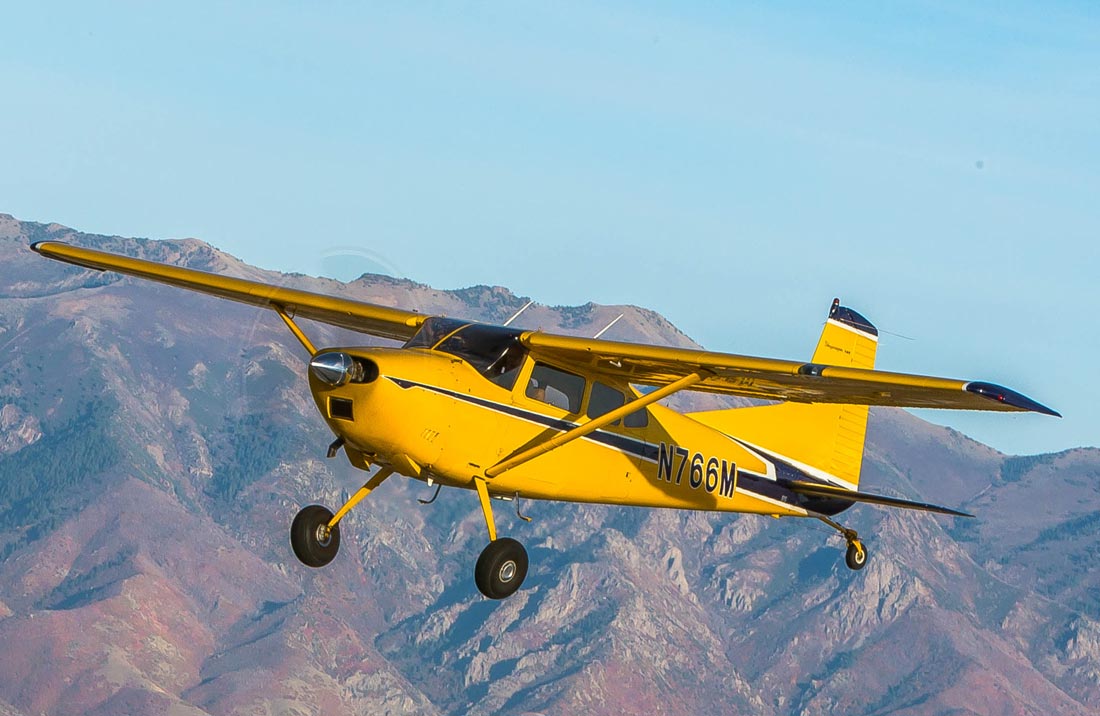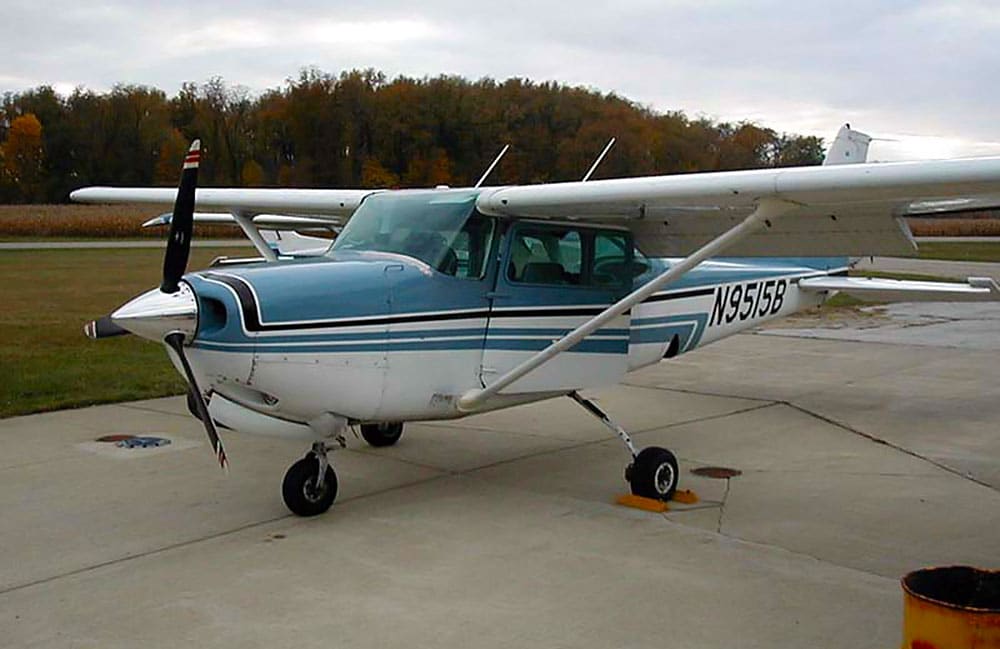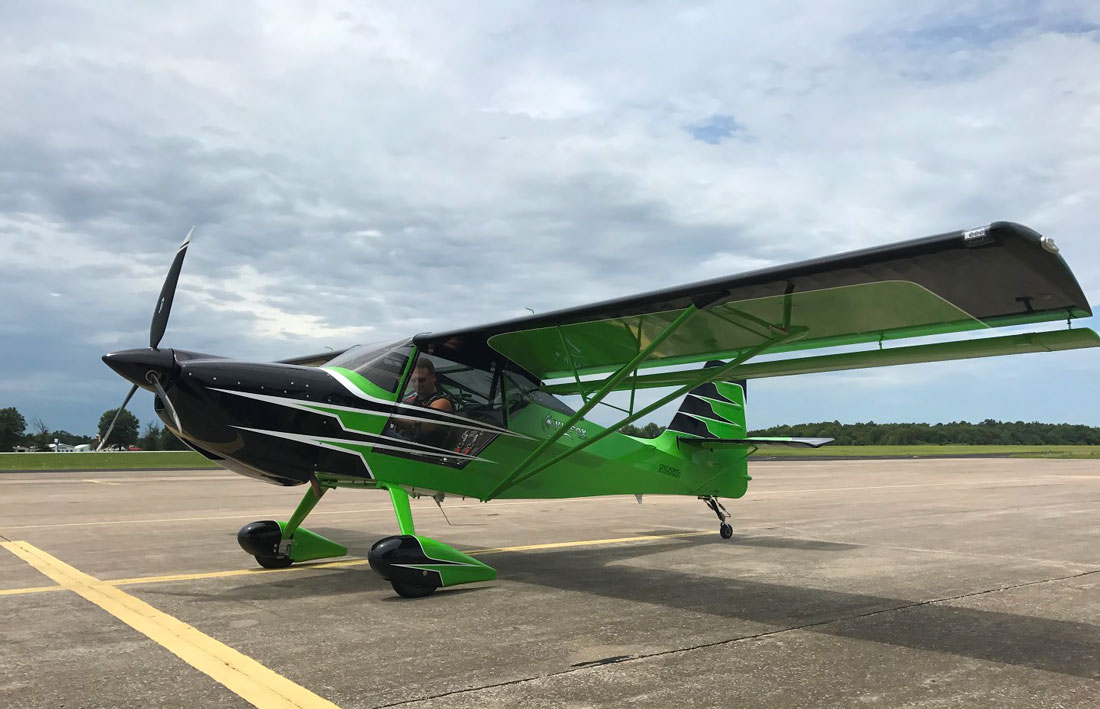The FAA feels that the issue addressed in SAIB CE-17-16 is not serious enough to warrant an AD.
The FAA has issued a Special Airworthiness Information Bulletin (SAIB CE-17-16) to share an airworthiness concern with owners/operators of certain Cessna 172, Cessna 182, and Cessna 210 model aircraft. The FAA hopes to emphasize the importance of inspecting the main landing gear actuator assemblies, following the steps provided by Textron Aviation in the supplemental inspection documents (SIDs) applicable for each of the specified models, in order “to prevent malfunctions related to gear extension and retraction.”
More Information on SAIB CE-17-16
The SAIB applies to the following Cessna models:
- 172RG
- R182
- TR182
- FR182
- All variants of the 210/T210/P210 series airplanes, with the exceptions of:
- Models 210 and 210A
The FAA conducted a recent accident investigation where a 172RG was involved in a gear up landing after the pilot was unsuccessful in getting their left main gear down and locked. As they reviewed the landing gear system, investigators noted that the left main gear actuator housing “cracked across the forward attach bolt hole,” which allowed the actuator bore to open enough that the piston wouldn’t “engage the landing gear pivot sector sufficiently to move the gear.” According to the agency, this failure results in the affected side “not being able to fully retract or extend through normal method or prevent use of the emergency hand pump.”
The agency notes that the main landing gear was the subject of a previous AD, which included required inspections of the gear pivot assemblies for cracks, but that the area of concern highlighted by this SAIB is the actuator assembly that mates with the main gear pivot. After reviewing their service difficulty reports (SDRs), the FAA has found that most of the incidents or accidents are occurring in the 172RG model, something they attribute to that model being heavily used in a training environment. They also say that in reviewing over 100 SDRs that identified cracks in the actuator, the majority were discovered by mechanics and inspectors during scheduled inspections such as the 100 hour and annual.
Figures 1 and 2 below reflect two actuators with the crack location most commonly noted that contributes to the gear malfunction. Photo provided by the FAA.

Recommendations
The FAA recommends following the inspection procedures detailed in Textron SID 32-10-01. For all models except the 210/T210 series built from 1960-68:
- The initial inspection of the actuator is recommended at 3,000 hours time-in-service (TIS) or 10 years of age, whichever comes first.
- Repetitive inspections are then recommended every 500 hours TIS or five years, whichever comes first.
For 210/210T series airplanes built from 1960-68:
- The initial inspection of the actuator is recommended at 6,000 hours time-in-service (TIS) or 10 years of age, whichever comes first.
- Repetitive inspections are then recommended every 1,000 hours TIS or three years, whichever comes first.
It is further recommended that an inspection is carried out after events such as a hard landing, in order to ensure that cracks have not developed.
Documents
For a copy of the SAIB, click here. Serial number applicability is identified in each of the appropriate SIDs, which you can find here:
- Cessna 172RG
- Cessna 210, 1960 – 65
- Cessna 210, 1966 – 68
- Cessna 210, 1969
- Cessna 210, 1970 – 76
- Cessna 210, 1977 – 84
- Cessna 210, 1985 – 86
- Cessna P210, 1978 – 83
- Cessna P210, 1985 – 86
- Cessna R182
Contact Information
For more information on the SAIB from the FAA, contact either Aerospace Engineer Gary Park:
- Address: 1801 Airport Road, Wichita, KS 67209
- Phone: (316) 946-4116
- E-mail: gary.park@faa.gov
Or Aerospace Engineer Dan Withers
- Phone: (316) 946-4137 / Fax: (316) 946-4107
- E-mail: dan.withers@faa.gov
For service information related to the SAIB, contact Textron Aviation Customer Service:
- Address: P.O. Box 7706, Wichita, KS 67277
- Phone: (316) 517- 5800 / Fax: (316) 517-7271
Featured Image: Cessna 172RG, courtesy of Dennis Mack
 Cessna 185 Skywagon: Rugged, Powerful, and Trusted
Cessna 185 Skywagon: Rugged, Powerful, and Trusted
We’re not sure any other airplane quite matches the Cessna 185 Skywagon’s ability to lift its own weight, haul loads in and out of short, unimproved runways, cruise at around 130 knots, and provide a stable platform in IMC and gusty winds aloft.
Cessna 185s are like the rural contractor’s beloved Ford F-150 V-8: rugged, powerful, and trusted. [Read More]















Leave a Reply